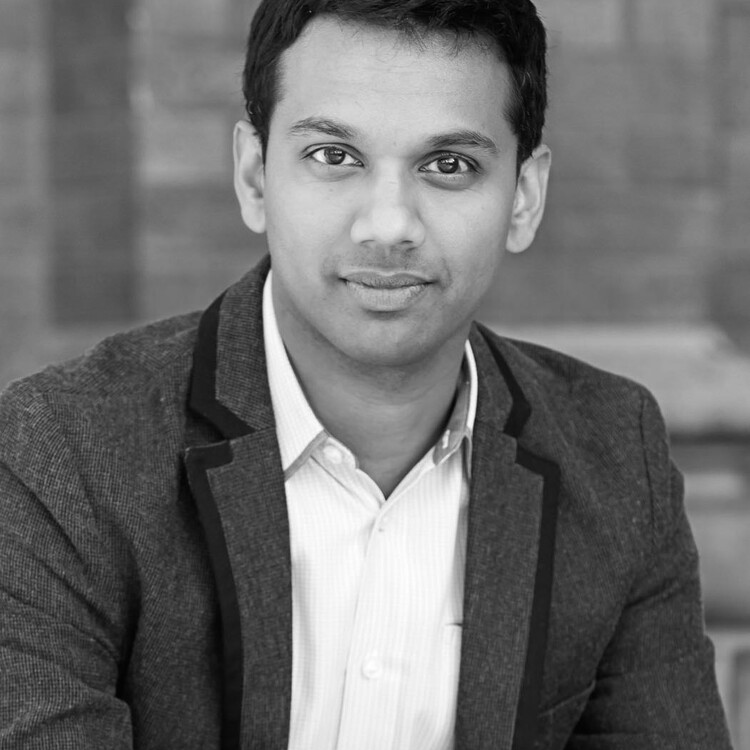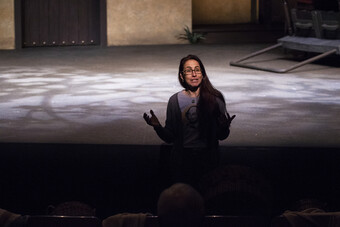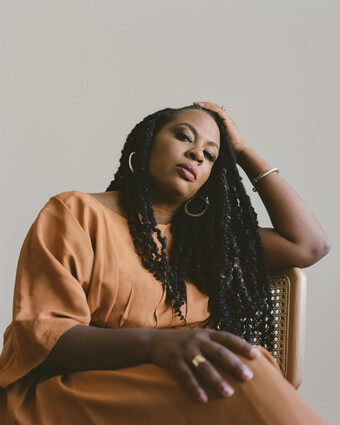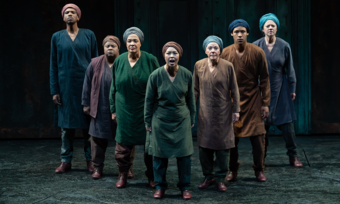So You Want to Start a Diversity Program? Ten things to consider when creating a diversity and inclusion program
This week on HowlRound, ten rising leaders from TCG's SPARK Leadership Program examine leadership, vision, diversity, inclusion, and equity, as well exciting trends and trend makers in our field. Find the full series here.
TCG’s SPARK Leadership program’s purpose is “to create a more diverse theatre landscape by supporting the professional development of exceptional rising leaders of color who aim to take on executive leadership positions at U.S. not-for-profit theatres.” The SPARK program is one of many such programs being created around the country to cultivate a theatrical landscape that reflects the changing demographics of this country.

In conversations with colleagues, I’ve found that there are certain items that keep coming up as the essential issues that should be thought of and addressed with the creation of diversity and inclusion programs. The following list, by no means comprehensive, is a starting place as you create or review your own diversity plan or program.
1. Buy-in from the top of the organization. Executive leadership, whether it is the Artistic Director or Executive Director, must make diversity and inclusion an institutional priority, and their values and decision-making must reflect that.
The real question here is why are you creating this program? What is the need you are wishing to serve? The work of diversity and inclusion and how we celebrate difference is deeply personal, and a clear response helps with buy-in from your entire organization.
2. Access! Access! Access! To really feel that the program is an institutional priority, where possible, full access should be granted to all facets of the theatre, from board meetings and executive staff meetings to the regular community of artist who engage with your company. It is easy to bring someone in, but unless they have access to the individuals who make the decisions, it’s easy to feel sidelined and not prioritized.
3. An opportunity to stay connected with the company. This does not necessarily mean you will hire the individual for a job tomorrow, but something should be set in place that makes the opportunity an investment in the person. Make it so your program is not creating one-off opportunities, but working towards something more sustaining. Let’s be frank: the reality is that for you to achieve your goals in terms of diversity, individuals and communities who may not have felt welcome need to feel that there is space for them. They need to understand that they are being brought into the room for more than their race or gender, and that you value having them there.
Tokenization is a big risk with diversity programs. It’s easy to make someone feel like they are being brought in to check off a box or to make a grab for additional funding opportunities. Tokenization diminishes the individual and their integrity as a professional in this field. Building in continued opportunities to connect and work after the diversity program has ended go a long way in allaying those concerns.
4. Walk through the entire program through the lens of those you are inviting into your theatre or organization. What would you see? What would you experience? What does it feel like to be as a person of color and walk into your institution? An easy way to feel tokenized is when you are the only one at an institution. For a person to thrive and succeed in a program, they will need support systems and allies. Sometimes this simply means identifying yourself as such, but depending on the size of your institution and its demographics, you may need to reach outside for support systems and allies.
The outside support could be individuals from another theatre company, or even consultants. If your institution is large enough, it might mean setting up of affinity groups where individuals can come together and share challenges and best practices, as well as be able to collectively make recommendations to organizational leadership.
5. A personal project within the institution, mentored by one of the leaders of the institution. Ultimately, diversity and inclusion programs are opportunities for mutual mentorship. They also provide an opportunity to cultivate a new leader in the field. A shared project allows for that relationship to grow naturally.
6. Clearly articulated goals for the program. This ties back to number one and the “why” question. What is it you want to accomplish? What does success look like for your program? What is your end game and what are measure your growth and progress both incrementally and as a whole?
7. Don’t be afraid to course correct. No program is going to be perfect from the start. Strict adherence to a plan may be a show of strength, but inflexibility can also lead to alienation and needs not being met. Regular check-ins and entrance, mid-way, and exit interviews should be planned.
8. Enlist allies and support. As you come up with your plan, talk to individuals who have gone through similar programs. In particular, consult with individuals from the groups and communities you’re trying to reach as you create your program. This may mean having to reach out beyond your institution or organization. So much of what creating these programs is about is making your institution open and welcoming to individuals and groups that may not necessarily have felt that way in the past. For that to truly happen, you have to talk to these individuals and constituencies. This is not a favor you are doing for them. There is a need and want on both ends. Reaching out for support as you create these programs and policies must be the first step.
9. Uncomfortable is OK. If diversity and inclusion work was easy and quick to do it, would have happened long ago. The reality is that to really affect institutional change in a lasting way, uncomfortable conversations are going to be had. There is no planning of when or where these conversations will occur, but the best preparation is an honest assessment of your own privilege. It’s in both embracing those uncomfortable moments that arise and navigating through them that true leadership is demonstrated.
10. Give it time. Remember what are you are trying to do is achieve institutional change, and it’s going to take time, both in preparing a program and for it to grow and thrive. It may take a couple years, or rounds of the program, for the kinks to be worked out. But nothing shows a lack of faith in the individual and your commitment to diversity and inclusion work more than simply creating a program that exists for only one or two cycles because things got too complicated, difficult, or uncomfortable. That is the one thing that is a given in all of this work, but the challenges are also what make the gains that much sweeter.













Comments
The article is just the start of the conversation—we want to know what you think about this subject, too! HowlRound is a space for knowledge-sharing, and we welcome spirited, thoughtful, and on-topic dialogue. Find our full comments policy here
Yup. And thanks. I would emphasize the value of partnerships. Good intentions by nice white liberal artistic leaders aren't enough. Demonstrably equitable partnerships with organizations and individuals with authentic and deep histories of working with underrepresented artists is critical to success. There must be shared leadership. (E.g. Polly Carl is on the right track).
This is a really smart piece and one that should be required reading for all members of organizations--not just the upper echelon but everyone should be thinking of what diversity means, how it's fostered, how it grows and who is included. Is your space accessible to wheelchairs, for instance. Do you have people from outside of the U.S. and "westernized" modes of theater? You know all this, I'm preaching to the choir. I wanted to say thanks for your work.